So my love affair with Soviet gear continues. This is another tiny SLR, slightly smaller in some dimensions even than the last one I reviewed–they can almost swap everready cases, in fact, though not quite cleanly. A product of Kraznogorsky Mechanichesky Zavod (Mechanical Factory of Kraznogorsk) based in the eponymous city near Moscow, the little Zenit is based on the Zorki, itself a direct clone of the Leica II. If you wanted a true Leica SLR, this is the closest you’re going to get, closer even than the overpriced and archaic Leicaflexes from the M3 era–a Leica II but as an SLR.
Basically, they slapped a basic pentaprism housing on the camera, extended the lens box far enough forward to fit a reflex mirror, remodeled the top plate slightly to accommodate the other changes and left everything else much the same. That was the Zenit. The Zenit S is just an incremental update, with a flash terminal, a minor internal change to the mirror pull-down mechanism, and a different default lens.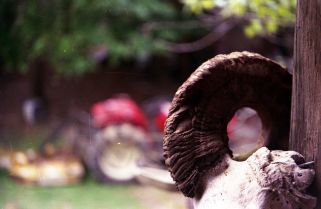
They didn’t even change the lens threading from the Leica. The first four models of Zenit (and the first production run of the fifth) take special lenses with m39 threading, but a greater film-to-flange distance. This is a tiny selection of perhaps a dozen, of which a few were excellent. I’m on the lookout for a Helios-44, which is probably the most well-regarded lens in this mount, a close copy of the Zeiss Biotar for Exakta mount, a six-element 5cm lens.
This camera is basic in every regard. In fact, it has only one real frill, indicated by the big Cyrillic “S:” “synchronized.” It was the first Russian SLR to have a flash contact, and like the Leica IIIf and some Nikon rangefinders, it has fully adjustable sync time for a vast range of flashbulbs as well as instantaneous sync for then-uncommon electronic tube flashes. This delay time is determined by a rotating contact on the main shutter axle, adjusted by a dial under the shutter-speed selector. It would have been a fantastic feature in the 50’s, back when most synchronized cameras did at most two different sync times. Now, however, X sync is the only one anyone is liable to use. It doesn’t help that the camera only syncs at 1/30th (which is also its bottom speed).
And that’s the single (for the time) advanced feature. This camera doesn’t have a film door, a focusing aid on the ground glass, a winding lever, automatic aperture, self-timer, capability for 1/1000th second shutter speed, practical mirror lockup, any electronics or an automatically returning mirror. But as a result, here is a camera on which very little can go wrong. I imagine when this camera failed in use, it was due to one of two things: failure of the fine components in the shutter, or sheer mechanical wear of the film transport. There is a little string that pulls on the mirror that could (and probably will) eventually fail, but it seems to have been replaced with a thick, supple modern thread on mine so it’s probably easy enough for a competent technician to replace.
Now, being a camera based on a Leica body does mean it’s a bottom-loader with no back door, not even the ugly little hatch you see on an M3, so you have to cut a little more of the leader end of the film into a longer “tongue,” for reasons that aren’t quite intuitive to explain. Basically, you want the film to be firmly on the takeup spool before it rolls onto the sprocket gear, so that it doesn’t hit it crooked and chip off some film that could float around and ruin the shutter. The best way to ensure that the film went on the sprocket straight, that Oskar Barnack, designer of the Leica, could figure out, was to have a long leader so that it could wrap well around the spool and straighten out before engaging with the top sprocket–you slip it over the bottom sprocket with your finger when you load it. But really, it’s not that hard to do once you know how.
The default lens is perhaps the world’s first or second “pancake lens:” the Industar-50. It’s tiny. This is the same lens, in a smaller housing, as the rangefinder I-50, made in both a very similar, but longer, rigid housing, sold with Zorkis, and a Leica-style collapsible version, sold with FED’s–in essence, the Eastern Bloc’s replacement for the Leitz Elmar. I’d heard good things about it–not gushing, but I was under the impression that it was serviceable. Mine doesn’t quite focus to infinity, or at least, it’s quite soft at infinity at wide apertures, but I’ve had some good results.
There are no automatic-aperture lenses for this mount–and the camera has no bumper to activate them if there were. Most Z39 lenses have what’s called a preset ring–you set the aperture on one ring, and then turning another ring opens and closes the aperture. It hits a stop when you get to the preset aperture, so you can do it with your eye in the viewfinder. The Industar-50 and its predecessor the Industar-22 were not those lenses. There is no preset ring; you basically have to take your eye away from the viewfinder to accurately set the aperture, and then you’ll want to refocus, since you can accidentally turn the focus ring by turning the aperture ring–they’re concentric. I played with judging the aperture by feel or by eye, but in practice the viewfinder, while not Minolta-bright under the best of conditions, isn’t oppressively dark at f/8 or even f/16, and I just stop it down and then compose and focus.
Am I making the camera sound bad? Because somehow, it’s not. I’ve messed with a Rectaflex, various early Prakticas, a Retina Reflex S and a Contaflex I, all of which have flaws that are absent in the Zenit C, and none of them except for the Contaflex are this compact and easy to hold. I have, in the end, only two real criticisms of the camera.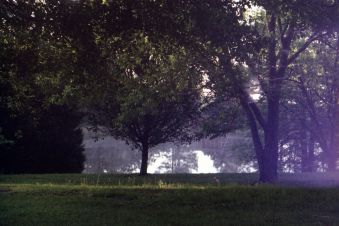
First, the viewfinder coverage of the viewfinder is poor. While almost no SLR shows more than 95 or 97% of the image, with the exception of certain Nikons, I imagine the Zenit to have a coverage more like 85%. A 50mm feels almost like a 70mm. One can peep around and compensate, since there’s obviously no reduction of the lens’s field of view, but it’s a little inconvenient if you’re trying for fine composition.
Second, and this goes for all Leica derivatives that don’t add a Contax-style removable back or a back door: there’s no convenient way to check that the shutter is performing properly, as you can on most SLR’s by holding them up to a CRT monitor or a strobe. You have to undo eight screws and remove the entire shell, taking care not to lose the loose pressure plate springs. And there’s no peeping through the lens with matte scotch tape or a piece of glass to see that the pentaprism is calibrated to the film plane, since the lens mount comes off with the shell. The only way to check the calibration is to shoot film.
Overall, what I really like about this camera is the genuine care put into every aspect of the design. While the build quality is obviously not up to Leitz or Zeiss standards–the Zenit 3 has a better reputation in this regards–there are some lovely little details, like the finely engraved and practical frame counter set flush with the top of the winding knob, the well-proportioned Cyrillic cursive on the nameplate, the KMZ “prism” logo pressed into the leatherette on (what else?) the prism housing… it’s an uncommonly elegant piece of design, not just for a Soviet camera but for any 35mm camera in the 1950’s.
If you can get used to a Leica II or a FED 2, you can get used to a Zenit S. Knob-wind is not a problem if you don’t let it be a problem. You don’t miss it. The lack of 1/1000s speed and speeds below 1/25th is also not a problem if you accept that’s what you’re working with and plan accordingly. The worst case scenario is that you overexpose by a stop. I do that regularly anyways. The lack of a focusing device might be a problem if you have bad eyes, but even with my astigmatism I don’t miss it–hell, the absence of one is better than a micro-prism-only patch like on most of my SLR’s–I hate those things, and it’s a shame some of the best cameras came only with them. It’s not hard to focus on a plain ground glass, if it’s not distorted by a huge condenser lens like on the Prakticas.
And the small size is a boon. People who’ve never seen a Barnack Leica don’t get how small they are, and this is an SLR based on the same chassis, so pictures really don’t communicate how tiny this camera is. Most rangefinder cameras are wider and taller. Most SLR’s dwarf it, even a Pentax MG with a lens mounted. It fits in a cargo pocket, and carrying it “purse-style” under your arm on a slim strap makes it incredibly unobtrusive. I find it a real shame that the Zenit evolved into a bigger, blockier camera line.
On the whole, I give it a 7.5/10. It could have been an 8/10 but for the viewfinder coverage issue. For reference, the SR-t series and the Nikkormat FTN are both 8/10 for me, the Pentax MG is a 7, the Canon AE-1 and the Pentax K1000 are both 7.5’s, and the Nikkorex F gets a solid 9/10, based solely on enjoyment of use. I have spent most of my time as a photographer using cameras I like less than this camera, in short.

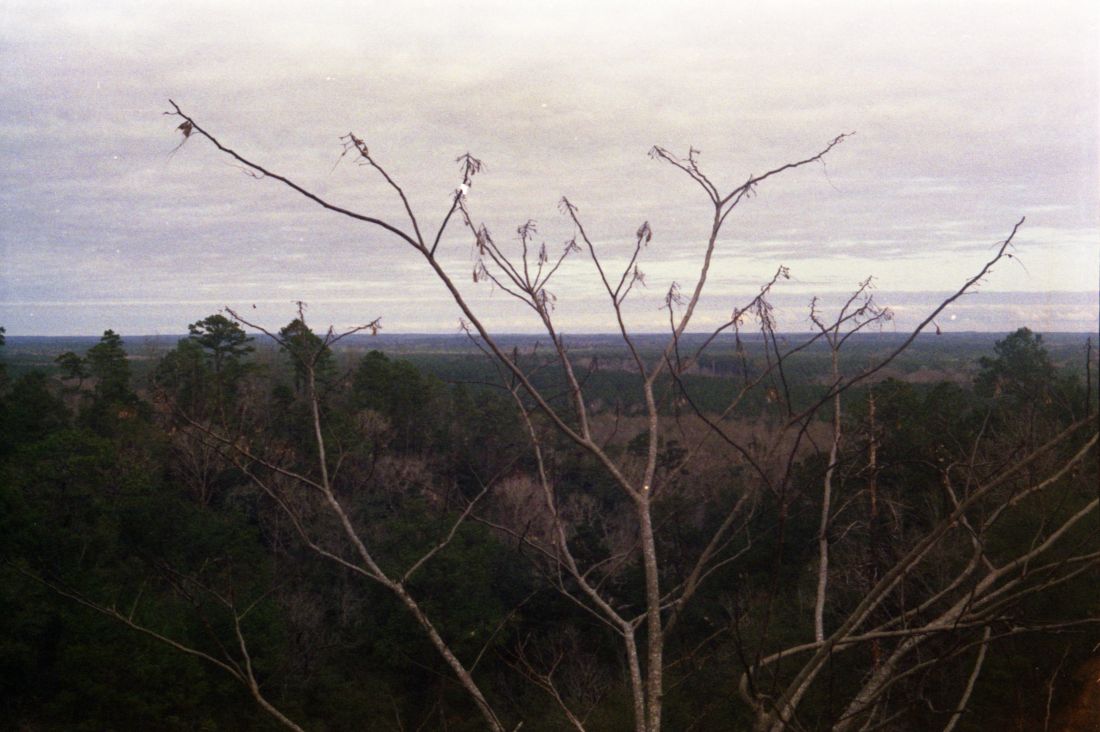
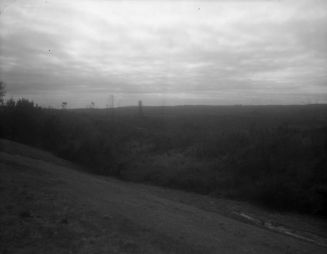
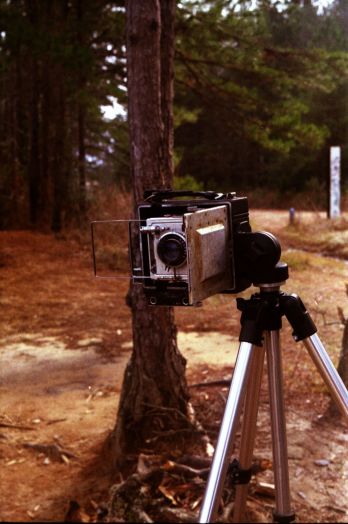
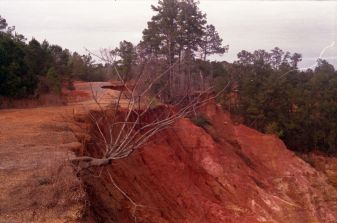
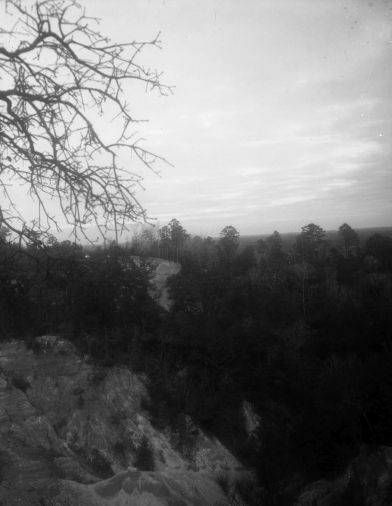
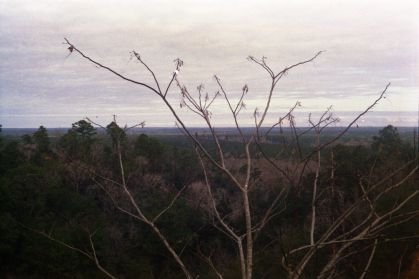
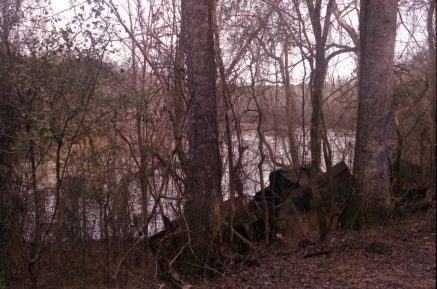
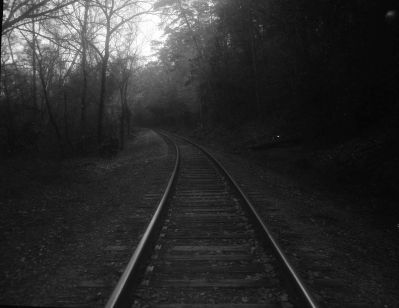

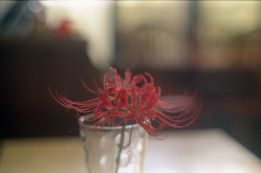
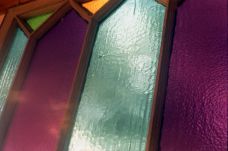

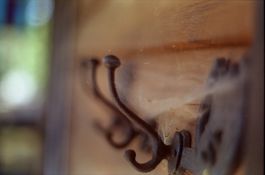

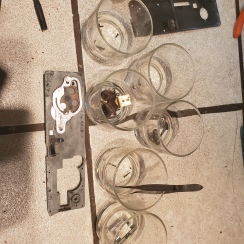
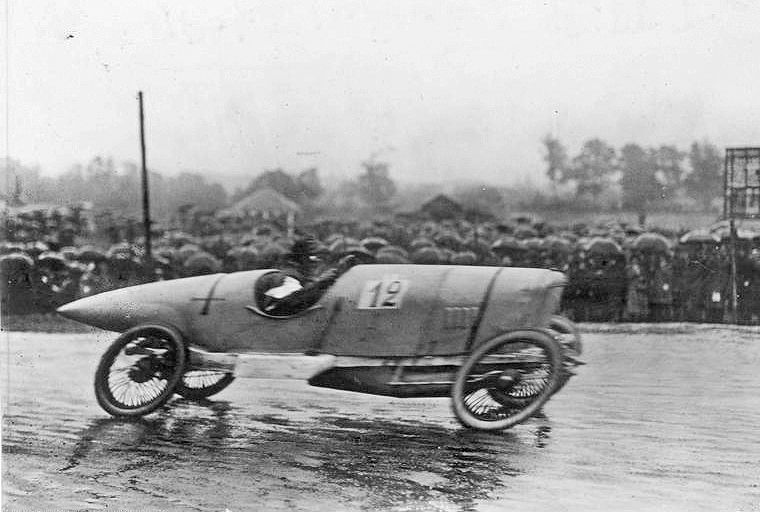
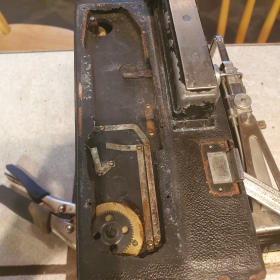
 doesn’t have a combined finder. That means you’re looking back and forth between the focusing window and the composing window, several times a second if you’re like me. This is one of the slowest cameras you’re liable to use. You actually have to unlock the advance mechanism and turn a knob until it locks, click the awkward lever that looks like a self-timer, frame your shot, look through the rangefinder, line the blue (or yellow) image up with the clear one, re-frame your shot because you inevitably threw it off, and fire, bracing yourself for the loudest shutter you’ve ever heard, louder even than a poorly maintained East German Praktica. And that’s assuming that you know your exposure beforehand. There’s a clip-on meter but let’s face it, it’s not going to work after all these years. Changing the lens is also slow and fiddly work and must be done in a clean area because it leaves the actual blades of the leaf shutter exposed.
doesn’t have a combined finder. That means you’re looking back and forth between the focusing window and the composing window, several times a second if you’re like me. This is one of the slowest cameras you’re liable to use. You actually have to unlock the advance mechanism and turn a knob until it locks, click the awkward lever that looks like a self-timer, frame your shot, look through the rangefinder, line the blue (or yellow) image up with the clear one, re-frame your shot because you inevitably threw it off, and fire, bracing yourself for the loudest shutter you’ve ever heard, louder even than a poorly maintained East German Praktica. And that’s assuming that you know your exposure beforehand. There’s a clip-on meter but let’s face it, it’s not going to work after all these years. Changing the lens is also slow and fiddly work and must be done in a clean area because it leaves the actual blades of the leaf shutter exposed.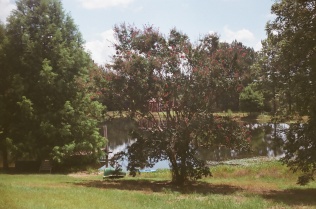
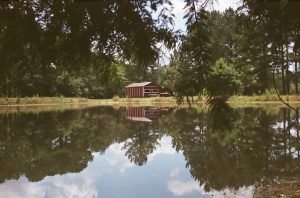 sometimes against orders. He may still use the same one at the age of 97; I don’t know, but it’s possible. That’s what this camera is. That’s what this camera is like.
sometimes against orders. He may still use the same one at the age of 97; I don’t know, but it’s possible. That’s what this camera is. That’s what this camera is like.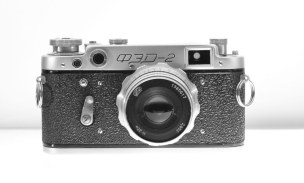 became the KGB, and a noted mass murderer), which had been one of the main producers of these Leica copies, came up with its own design, the FED 2, a sort of fresh take on everything that made the Leica II great. This camera kept the body-style, the shutter and the lens mount and added a Contax-style removable back, a combined rangefinder, a diopter for near- and far-sighted users, basic flash sync and eventually a Leica III-style self-timer. In essence, this is the Leica II without most of its weaknesses.
became the KGB, and a noted mass murderer), which had been one of the main producers of these Leica copies, came up with its own design, the FED 2, a sort of fresh take on everything that made the Leica II great. This camera kept the body-style, the shutter and the lens mount and added a Contax-style removable back, a combined rangefinder, a diopter for near- and far-sighted users, basic flash sync and eventually a Leica III-style self-timer. In essence, this is the Leica II without most of its weaknesses.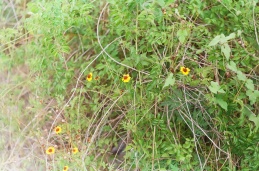

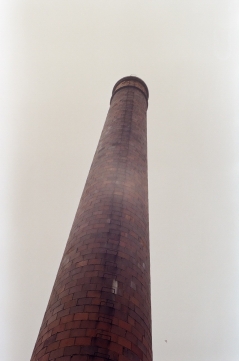

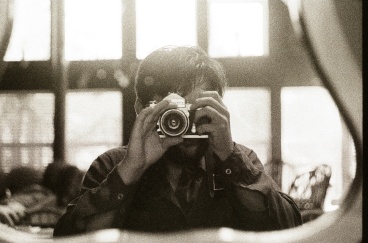
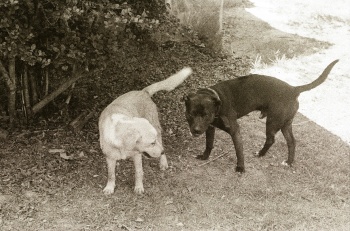 Those highlights are a little bright, but not completely blown, and to the camera’s credit I was metering for the shadows in midframe. At least, I think I was. On most of these old cameras there’s a circle on the ground glass that tells you the weighted area for the meter.
Those highlights are a little bright, but not completely blown, and to the camera’s credit I was metering for the shadows in midframe. At least, I think I was. On most of these old cameras there’s a circle on the ground glass that tells you the weighted area for the meter.
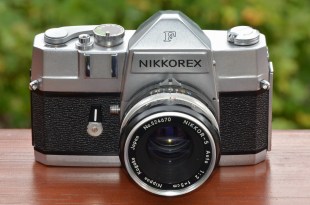
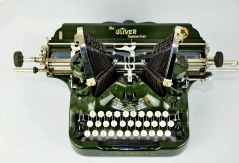 in the right hand. It has an aesthetic like no other camera, resembling at first glance a hybrid of the Nikkorex F and the Nikon F, but upon closer inspection resembling neither too closely. In fact, looking at it, you can’t quite place it in time, even if you know your history well. The lettering of the nameplate is almost Comic Sans, and the standard lenses of the time had happy pastel color-coding for the apertures, but overall this camera has the look of a 30’s or 40’s typewriter with slick styling but
in the right hand. It has an aesthetic like no other camera, resembling at first glance a hybrid of the Nikkorex F and the Nikon F, but upon closer inspection resembling neither too closely. In fact, looking at it, you can’t quite place it in time, even if you know your history well. The lettering of the nameplate is almost Comic Sans, and the standard lenses of the time had happy pastel color-coding for the apertures, but overall this camera has the look of a 30’s or 40’s typewriter with slick styling but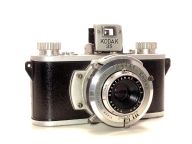 a lot of exposed mechanisms; as if advanced 35mm SLR’s were even a figment of someone’s imagination in 1945. If my SR-T 200 is rather forward-looking in its design, its contemporary over here is oddly and pleasantly backward-looking. It’s as if someone at Nippon Kougaku in 1967 decided that Oliver typewriters, steam trains and the original Kodak 35mm’s were all great things to draw on when designing a brand new, advanced SLR.
a lot of exposed mechanisms; as if advanced 35mm SLR’s were even a figment of someone’s imagination in 1945. If my SR-T 200 is rather forward-looking in its design, its contemporary over here is oddly and pleasantly backward-looking. It’s as if someone at Nippon Kougaku in 1967 decided that Oliver typewriters, steam trains and the original Kodak 35mm’s were all great things to draw on when designing a brand new, advanced SLR.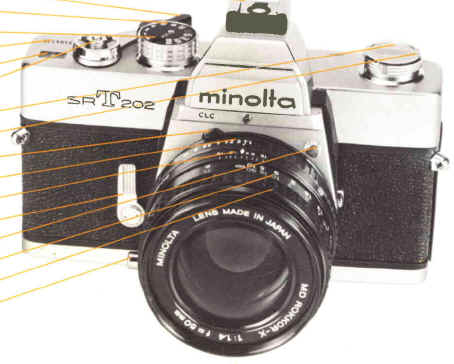
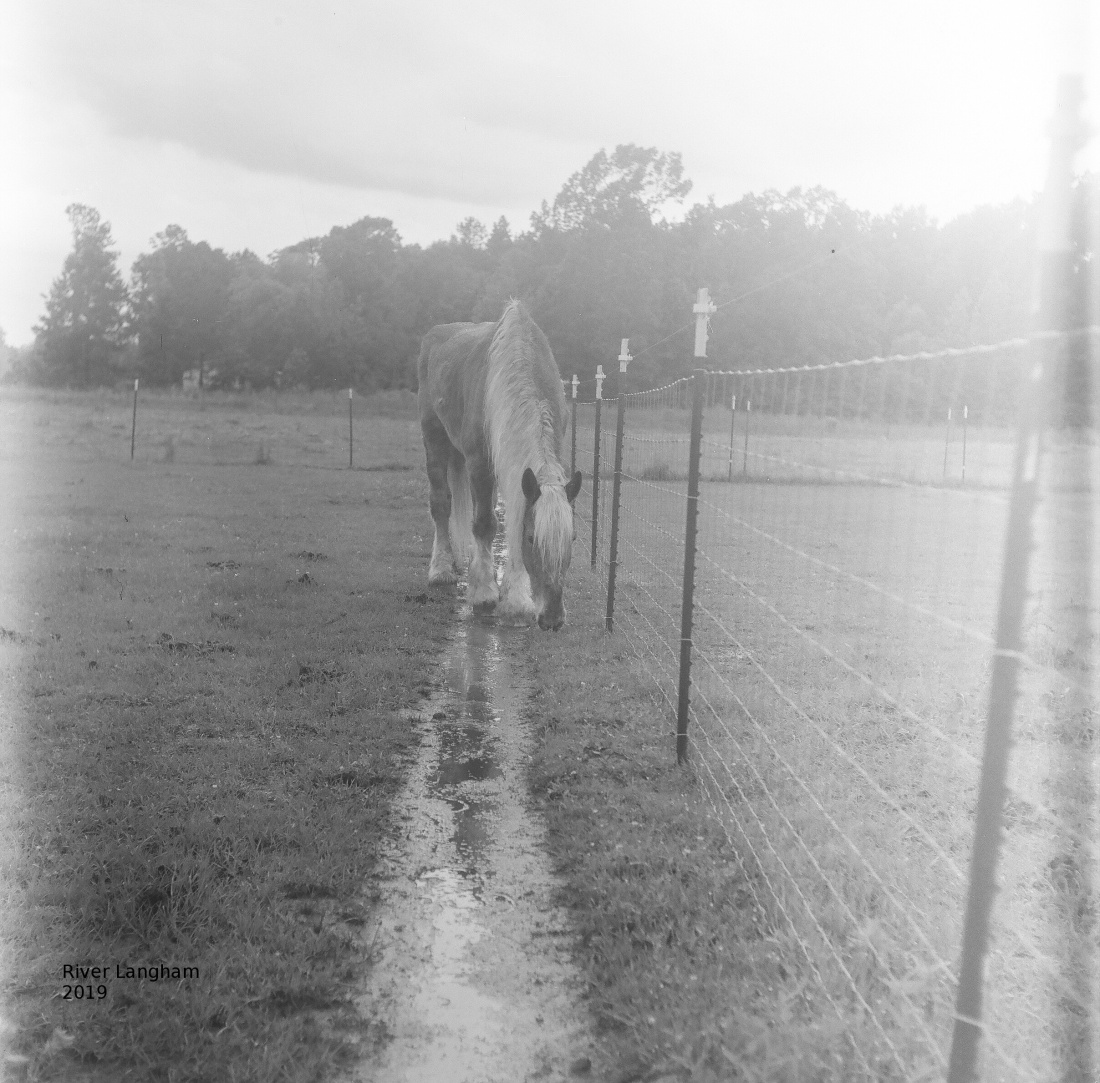


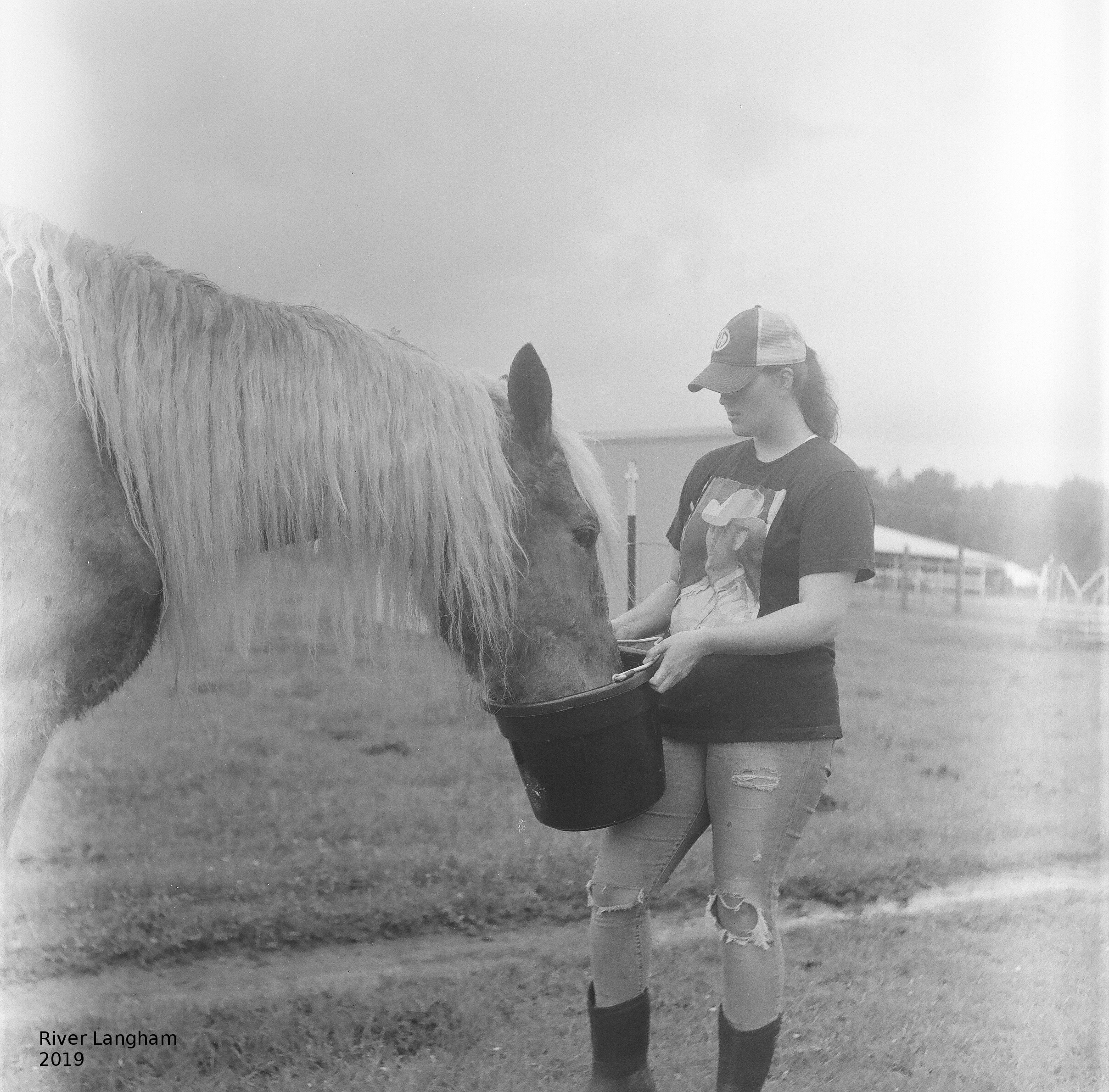 ion, explanation I could not adequately give. I suppose I was self-conscious because I’m badly infatuated with one of the volunteers that was hanging around that day; we’ll call her Susan for the purposes of this story.
ion, explanation I could not adequately give. I suppose I was self-conscious because I’m badly infatuated with one of the volunteers that was hanging around that day; we’ll call her Susan for the purposes of this story. ent, a moment I had the luck and the wherewithal to catch on film, her hands above and below his neck and her legs were all I could see of her. It’s one of those frames that makes you look twice before you’re sure what’s happening.
ent, a moment I had the luck and the wherewithal to catch on film, her hands above and below his neck and her legs were all I could see of her. It’s one of those frames that makes you look twice before you’re sure what’s happening.  like that, which makes me wonder how long all those old guys who developed sheet film with their bare hands ended up living. Anyways, as a basic developer it exceeds expectations; I did the Yashica roll for something like 8 minutes and it came out very dense, so I tried the Kodak roll for 6:30 (about the same time as the packet gives for TMAX 400, I think) and it came out about right. Unfortunately, the Kodak came out with noticeable light leaks; I tried dodging them digitally in GIMP but there’s too much of a soft edge on the bright area. I know some tricks for replacing light seals, though.
like that, which makes me wonder how long all those old guys who developed sheet film with their bare hands ended up living. Anyways, as a basic developer it exceeds expectations; I did the Yashica roll for something like 8 minutes and it came out very dense, so I tried the Kodak roll for 6:30 (about the same time as the packet gives for TMAX 400, I think) and it came out about right. Unfortunately, the Kodak came out with noticeable light leaks; I tried dodging them digitally in GIMP but there’s too much of a soft edge on the bright area. I know some tricks for replacing light seals, though.